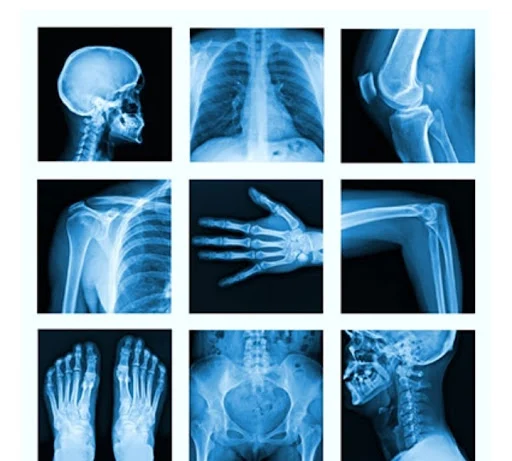BONE CANCER ( Osteosarcoma))
Origins, Types Indications Diagnostic Approaches and Remedial Measures
Bone cancer while infrequent is a grave medical ailment affecting the skeletal structure. It arises when abnormal cells within the bones exhibit uncontrolled growth culminating in the formation of tumors. This comprehensive article seeks to elucidate the domain of bone cancer encompassing its triggers classifications manifestations diagnostic methodologies and therapeutic alternatives.
Triggers of Bone Cancer
The exact causative factors underpinning bone cancer remain shrouded in ambiguity. Nevertheless various risk elements are associated with its emergence. These factors comprise.
1. Genetic Disposition
In specific instances a familial history of bone cancer or hereditary genetic mutations heightens the susceptibility to the disease.
2. Radiation Exposure
Prolonged exposure to substantial levels of ionizing radiation as is common during bone cancer treatment augments the risk of developing bone cancer.
3. Paget's Disease
Individuals grappling with Paget's disease an uncommon condition influencing bone remodeling face an augmented risk of encountering bone cancer.
Classifications of Bone Cancer
Bone cancer exists in diverse forms but the two most prevalent categories are.
1. Osteosarcoma
This type chiefly impacts the long bones such as the arms and legs, and is typically found in adolescents and young adults.
2. Chondrosarcoma.
Chondrosarcoma arises in the cartilage cells within bones and is more frequently diagnosed in adults generally in the pelvis legs and arms.
Other infrequent variations of bone cancer encompass Ewing sarcoma and malignant fibrous histiocytoma.
Indications of Bone Cancer
The indications and symptoms of bone cancer are contingent on its location and stage. Generalized symptoms encompass.
1. Pain.
Persistent localized discomfort in the affected bone which may intensify during the night.
2. Swelling
3. Fractures.
Weakened bones may lead to fractures even without substantial trauma.
4. Impaired Mobility.
A restricted range of motion and complications in utilizing the afflicted limb.
Diagnosis
The process of diagnosing bone cancer involves a blend of imaging tests biopsies and an exhaustive scrutiny of the medical history. The diagnostic modalities comprise.
1. X-rays.
2. MRI or CT scans.
These provide more intricate visuals of the tumor's extent and location.
3. Bone Biopsy.
A minuscule specimen of the tumor is extracted and subjected to microscopic examination to confirm the presence of cancer.
4. Blood Tests.
Elevated levels of particular proteins in the blood may serve as indicators of bone cancer.
Therapeutic Approaches
The selection of the most fitting treatment for bone cancer hinges on its type site and stage. Common therapeutic alternatives include.
1. Surgical Intervention.
In many instances surgical excision of the tumor and adjacent tissue is imperative. This may encompass procedures that preserve the limb or necessitate amputation.
2. Chemotherapy.
Chemotherapy agents may be employed to shrink tumors before surgery or to manage cancer that has disseminated.
3. Radiation Therapy.
High-energy X-rays are directed at the tumor to annihilate cancerous cells.
4. Targeted Therapy
Certain bone cancers respond to targeted therapies that specifically target molecules involved in cancer propagation.
Prognosis
The prognosis for bone cancer is variable contingent on the type, stage and the efficacy of treatment. Timely detection and intervention frequently result in more favorable outcomes. While some instances of bone cancer can be cured it may entail intensive treatment and diligent post-treatment care.
Bone cancer though uncommon carries substantial implications for those afflicted. Early identification accurate diagnosis and suitable treatment are pivotal to achieving the most favorable results. In cases of persistent bone pain swelling or other warning signs it is advisable to promptly seek the counsel of a healthcare professional for evaluation and diagnosis. Ongoing research in the realm of bone cancer promises innovative treatments and therapies ushering in optimism for those grappling with this ailment.













Comments
Post a Comment
Thanks